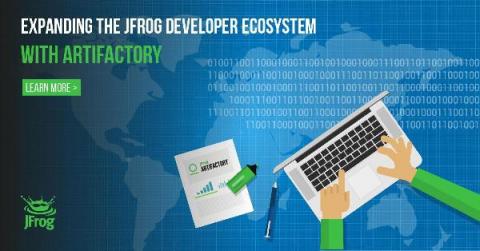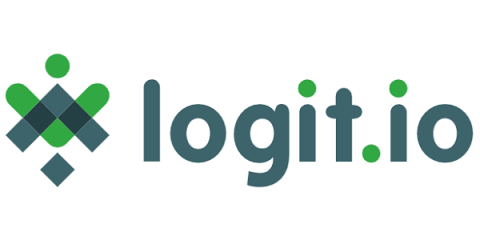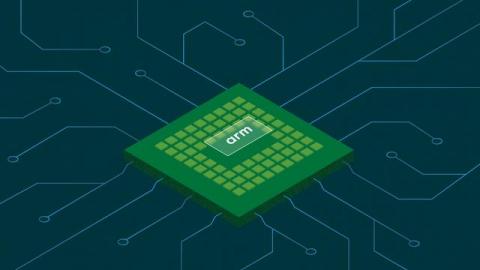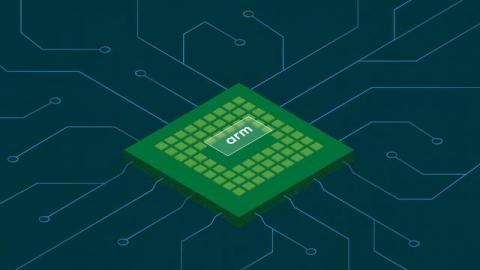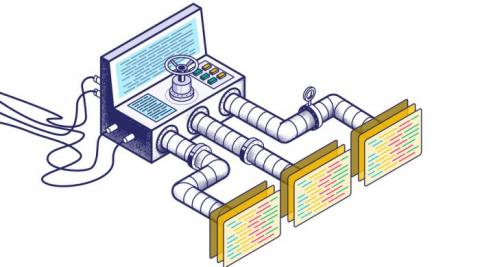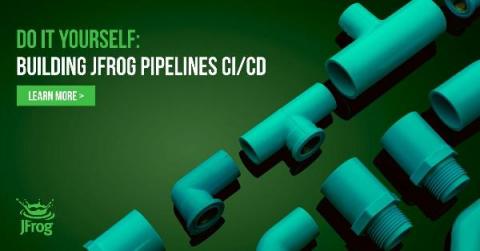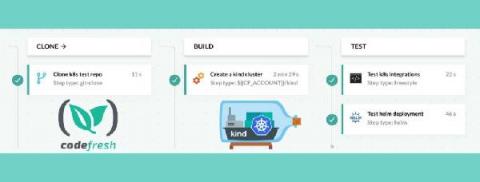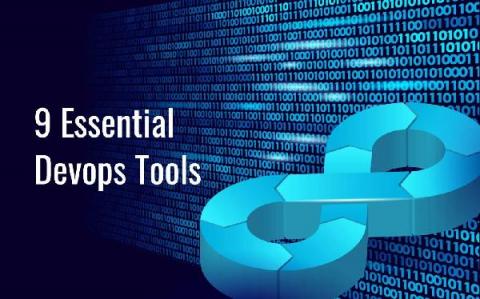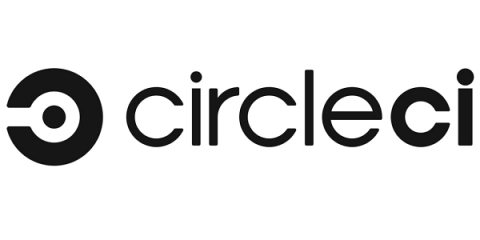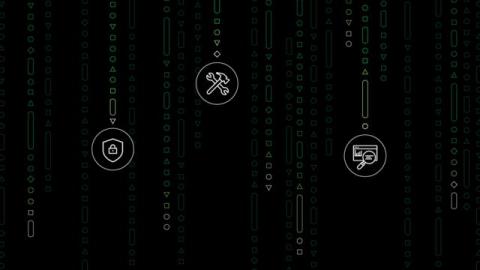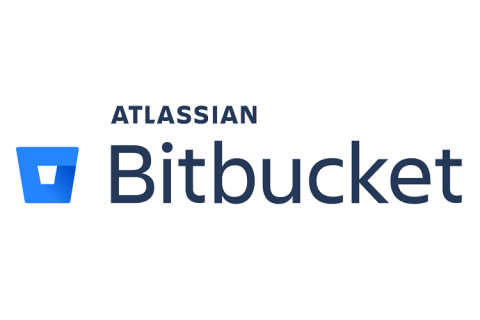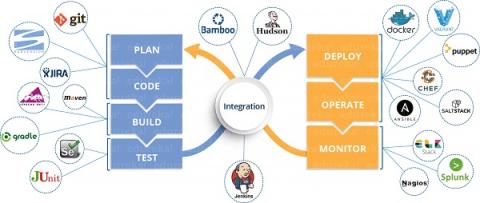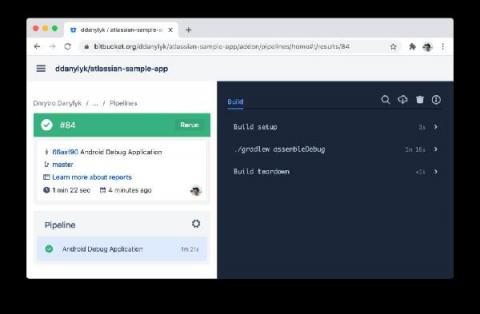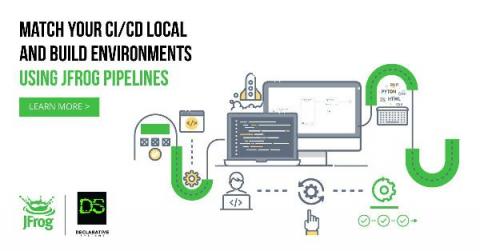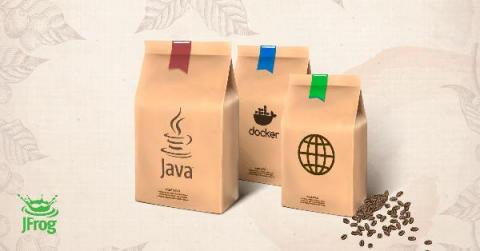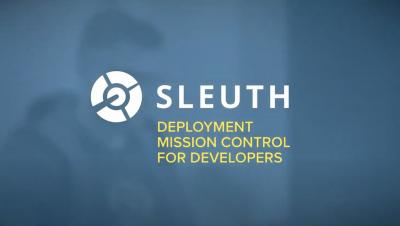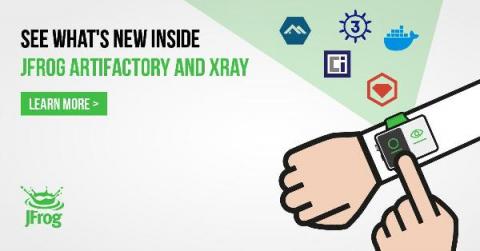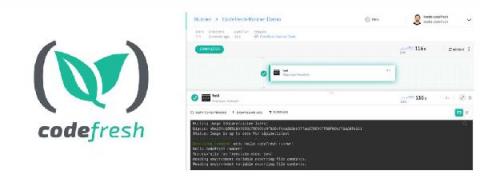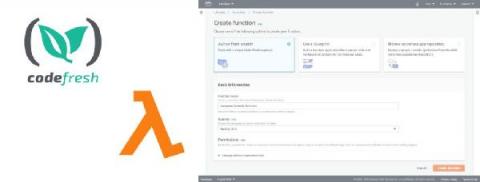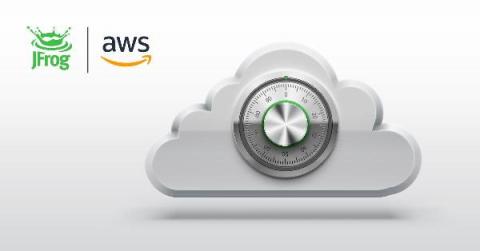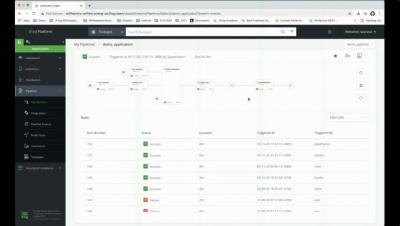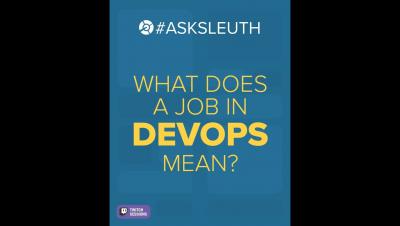Operations | Monitoring | ITSM | DevOps | Cloud
March 2021
Can developer productivity be measured? - Dev Matters S1E01
Using Drone CI to push packages to Cloudsmith
Integrating Logging into CI/CD
Scaling Software Supply Chains Securely
Top Configuration Management Tools: Chef vs Puppet & More
In this latest consideration guide created to assist IT operators in which tools they choose for a range of different processes and activities, we’ve gathered a range of insights from some of our favourite specialists to take you through the essentials tools of configuration management. Configuration management is a systems engineering practise that ensures consistency of the configuration supporting both software and hardware of a company or product.
Integrating a Cloudsmith repository with a Drone CI pipeline
At Cloudsmith, we strive hard to ensure that private Cloudsmith repositories work with any build and release process that our customers use. Our mission is to be the universal package management solution that any modern DevOps workflow requires.
CircleCI Extends Arm Support to its CI/CD Cloud Offering
Managing CI/CD pipelines with Arm compute resource classes
CircleCI has released new Arm-based compute in preview. Arm processors and architectures are becoming widely available as development teams adopt them as compute nodes in many application infrastructures. Organizations that need to run microservices, application servers, databases, and other workloads in a cost-effective way will continue to turn to the Arm architecture.
Flux Tutorial: Implementing Continuous Integration Into Your Kubernetes Cluster
This hands-on Flux tutorial explores how Flux can be used at the end of your continuous integration pipeline to deploy your applications to Kubernetes clusters.
Six Simple Steps to Your First CI/CD DevOps Pipeline in JFrog Pipelines
Continuous integration for React Native applications
Apache Cordova, since its release in 2009, has created a paradigm shift for mobile application development. Before Cordova, only developers who knew platform dedicated languages for a particular type of mobile operating system could develop native mobile applications. There was Objective-C for developing iOS apps, or Java for Android apps and platforms like Blackberry. Windows Phone also had languages dedicated to building their mobile applications.
Missing Infrastructure: Accelerated Worldwide Delivery
Software development by distributed teams is nothing new. But since 2020, it’s no longer just teams that are globally dispersed, it is the individual team members themselves. Remote working is the new normal. So in this unpredictable, “modern” world we’re in, how do you put together a solution that delivers for every single team member, no matter their location?
Minimize failed deployments with Argo Rollouts and Smoke tests
Argo Rollouts is a progressive delivery controller created for Kubernetes. It allows you to deploy your application with minimal/zero downtime by adopting a gradual way of deploying instead of taking an “all at once” approach.
How to help your team thrive in times of change
March 1, 2020, was a Sunday. I was getting ready for a work trip to San Francisco. Just before heading to the Berlin airport, I checked my phone. There was a text from my boss: Hey Lena, trying all channels. Don’t fly. I didn’t fly that day and I haven’t flown since. Two days later, as planned, I went from interim to permanent VP of Product Engineering at CircleCI. At the same time, Europe was going into lockdown, then the world went into lockdown.
Paving The Road, From Code To Kubernetes With JFrog And Microsoft
Create On-Demand Kubernetes Clusters for CI/CD With Kind and Codefresh
Wouldn’t it be handy to quickly spin up a Kubernetes cluster for CI testing, on-demand? Interested? If so, read on! Here at Codefresh, many of our customers develop Kubernetes-native applications. A common CI task is to create a Kubernetes cluster to test out deployment processes and integrations. Often, such tests can be greatly simplified if this cluster is ephemeral – that is, it is created on-demand for each build of a test pipeline.
9 Essential DevOps Tools for 2021
Automating key rotation for CI/CD pipelines
With the new Contexts API release, developers can save their team valuable time while enhancing security practices. We know maintaining your organization’s security is crucial. There is the need to meet strict compliance guidelines, such as FedRAMP and GDPR, and what seems to be an increasing number of breaches, like the compromise of over 150,000 video security cameras as a result of a targeted Jenkins server.
Java 16 Commits to Git and GitHub: A Personal Reflection
CircleCI introduces server 3.x to bolster security, compliance for enterprise engineering teams
Introducing server 3.x: enterprise-focused Kubernetes for self-hosted CircleCI installations
Server 3.x, which is now available to all CircleCI customers, was designed to meet the strictest security, compliance, and regulatory restraints. This self-hosted solution can scale under heavy workloads, all within your team’s Kubernetes cluster on your private network, but with the dynamically scaling cloud experience of CircleCI. Offering an exceptional on-premise service means keeping that service up-to-date with the latest releases.
Scaling my application: am I ready?
Most applications begin with a small to medium-sized user base. Even with migration projects, you would not immediately open your new application to the entire existing user base. Instead, you would first test with some internal users, then open up to early adopters. Nevertheless, if your application is successful, at some point you will face the need to scale it. Nevertheless, if your application is successful, at some point you will face the need to scale it.
Skipping artifact downloads in Bitbucket Pipelines
How to set up Software Security and Compliance for Your Artifacts
The essential steps to building your own DevOps pipeline
Keeping up with customer demand and staying ahead of the competition requires fast releases and efficient code. This is where DevOps comes into play. Where DevOps is the practice, mindset, and culture of combining software development (i.e. Dev) and IT operations (i.e. Ops) to accelerate the development lifecycle and provide continuous delivery without compromising quality.
Leading Your Team to DevOps Maturity
Software testing is a key factor in shipping reliable, high-quality code.
Bitbucket Pipelines and OpenID Connect: No more secret management
Automate (and scale) your Android deployment with Bitbucket Pipelines
CI/CD and Security Testing Automation with CircleCI and NeuraLegion
My Build, My Way | JFrog Pipelines Extensions
Publishing a Python package
For many software engineers and developers, using standard libraries or built-in objects is just not enough. To save time and increase efficiency, most developers build on work done by others. Whatever the coding problem, there is likely another programmer who has already created a solution for it. There is usually no need to repeat the problem-solving process. This principle is known as Do not Repeat Yourself or DRY.
Java Artifacts Just Got Better: jpackage is Production Ready in Java 16
Deploying applications to Kubernetes from your CI pipeline with Shipa and CircleCI
Kubernetes can bring a wide collection of advantages to a development organization, but efficiently deploying applications to Kubernetes is something many organizations are still working to perfect. Properly using Kubernetes can significantly improve productivity, empower you to better utilize your cloud spend, and improve application stability and reliability. On the flip side, if you are not properly leveraging Kubernetes, your would-be benefits become drawbacks.
Sleuth Overview: Deployment Mission Control
Lesson 7: Kubernetes basics, because we need it.
Lesson 8: What is GitOps and why it's worth your time!
CircleCI 101 3/10/21
Forbes names CircleCI to America's Best Startup Employers list
Our team at CircleCI has been hard at work this past year. From rolling out major product additions like CircleCI Insights and private orbs, along with educational resources like our developer hub and State of Software Delivery Report that includes the first CI/CD benchmarks for high-performing engineering teams, it seems like every day there is something new to look forward to. All of this has taken place during unprecedented times for everyone across the globe.
How to configure docker client to work with insecure docker registry
Secret Management: Codefresh Quick Bites
What's New with JFrog Artifactory and Xray
How to Leverage Your Kubernetes Cluster Resources to Run Blazingly Fast and Secure CI/CD Workflows in Just a Few Minutes
This blog will take you on a step-by-step journey to show you how you can leverage your Kubernetes cluster resources to run your CI/CD workflows using the Codefresh hybrid solution. What Is the Codefresh Hybrid Solution and How Does It Work? The Codefresh hybrid solution provides you with a way of running the platform’s workflows on your Kubernetes resources, keeping your private resources safe while enjoying the benefits of a SaaS solution.
Deploying applications to Kubernetes from your CI pipeline with Shipa
Kubernetes can bring a wide collection of advantages to a development organization. Properly using Kubernetes can significantly improve productivity, empower you to better utilize your cloud spend, and improve application stability and reliability. On the flip side, if you are not properly leverag Kubernetes, your would-be benefits become drawbacks. As a developer, this can become incredibly frustrating when your focus is on delivering quality code fast.
Continuous integration for a Bazel Android project
Bazel (pronounced like the tasty herb: “bay-zell”) is an universal build tool developed by Google. Some notable companies like Twitter and projects like the Android Open Source project have migrated to Bazel. In this tutorial, you will learn how to build a Bazel Android project and set it up for continuous integration with CircleCI. We will wrap up by automatically running tests and producing a binary APK file. In addition to the written guide there is a working sample project.
#AskSleuth How to Get Started in DevOps
#AskSleuth How to Get Started in DevOps
Automate Your AWS Lambda Development Cycle
AWS Lambda is a serverless compute service that lets you run code without provisioning or managing servers. It is great if you want to create a cost-effective, on-demand service. You can use it as part of a bigger project where you have multiple services or as a standalone service to do a certain task like controlling Alexa Skill.
JFrog Pipelines on GCP
How to get started with CircleCI for Mobile
What is a CircleCI runner?
To learn more about the CircleCI runner, visit: https://academy.circleci.com/runner-course/704320/scorm/38u8egtp3x93c






